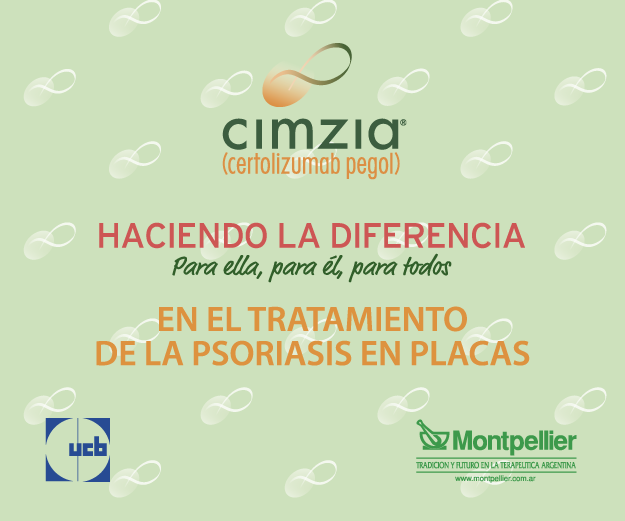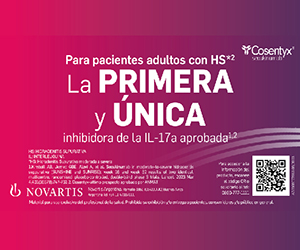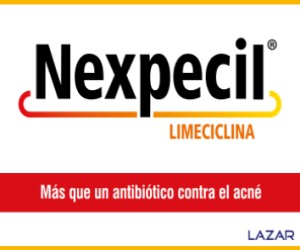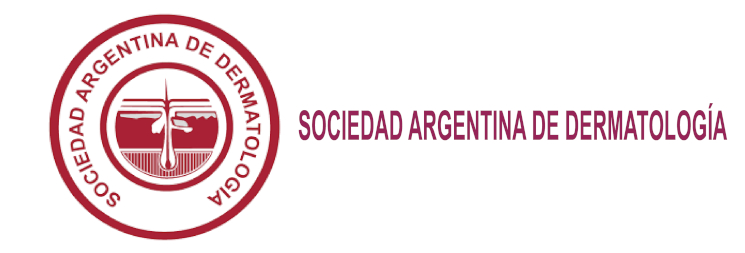Cutaneous manifestations in alcoholic patients. Relation with cirrhosis
Resumen
Abstract
Introduction. Prevalence of alcoholism in Hospital Lagomaggiore is high (15 percent of discharges. Detection of such abuse skin markers is essential for early treatment and limitation of negative consequences.
Objectives. To identify cutaneous manifestations in hospitalized alcoholic patients and to carry out a comparative analysis of those with and without liver cirrhosis.
Methods. The study included 69 alcoholic patients accepted in the Internal Medicine Department in a 7-month period. They were assessed by a clinical physician and a dermatologist.
Results. From the total of 69 patients, 42 percent had liver cirrhosis. Average age was 58.2, and 89.8 percent were males. All patients had some skin lesion. The most common were telangiectasias, xeroderma, tinea pedis, palmar erythema, cherry hemangioma, spider nevus, jaundice, among others. The most frequent mouth lesion was gingivitis, followed by candidiasis. We also found hypotrichosis, female pubic hair distribution, and onychomycosis. Comparative analysis of cirrhotic and non-cirrhotic patients showed signifi cant diff erences (p<0.05). The most common lesions in the first group of patients were: jaundice, palmar erythema, purpuric lesions, tinea pedis, hyperpigmentation, spider nevus, female pubic hair distribution, and watch-glass deformity in nails.
Conclusions. All alcoholic patients showed some type of skin lesion, and those with liver cirrhosis most frequently had: jaundice, palmar erythema, purpuric lesions, tinea pedis, hyperpigmentation, spider nevus, female pubic hair distribution, and watch-glass nails (p<0.05). Identifi cation of this type of lesion may suggest the presence of liver cirrhosis through cutaneous examination
(Dermatol Argent 2009; 15(4):255-259).
Key words: alcohol cutaneous manifestations, liver cirrhosis, alcoholism.
Descargas
Publicado
Número
Sección
Licencia
El/los autor/es tranfieren todos los derechos de autor del manuscrito arriba mencionado a Dermatología Argentina en el caso de que el trabajo sea publicado. El/los autor/es declaran que el artículo es original, que no infringe ningún derecho de propiedad intelectual u otros derechos de terceros, que no se encuentra bajo consideración de otra revista y que no ha sido previamente publicado.
Le solicitamos haga click aquí para imprimir, firmar y enviar por correo postal la transferencia de los derechos de autor

















